
views
Making an Oil Thinner for Oil Paint
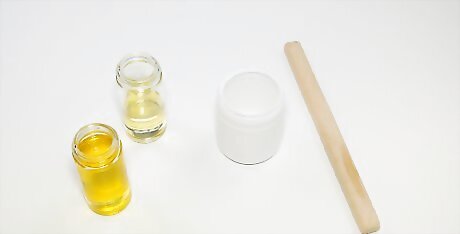
Gather your materials. You’ll need both lemon oil and linseed oil as well as a mixing bucket and stirring stick. All of these materials should be available at a hardware or paint supply store.

Mix lemon and linseed oil. Measure out ¼ cup (59 ml) lemon oil and a cup (237 ml) linseed oil into a mixing bucket. Stir the ingredients lightly with your stirring stick.

Thin paint with the lemon and linseed oil mixture. When you’re to work with your paint, add the mixture little by little, stirring the paint with a stick as you do. After adding about half a cup (118 ml) of the lemon/linseed mixture, allow the paint to rest.
Thinning Oil Paint with Common Solvents

Put on a facemask, safety goggles, and rubber gloves. Solvents used as paint thinner can give off harsh, harmful fumes. Wear protective gear to reduce irritation. Change into old clothes so it won’t matter if they’re discolored by drops of thinner or paint.

Work in an area with good airflow. The fumes from solvents can be dangerous if they build up. For this reason, you should always thin paint in a well-ventilated location. Work outside, if possible, and open doors and windows, if you have to work indoors. Rooms with poor airflow can be improved by putting a box fan in a window or door.
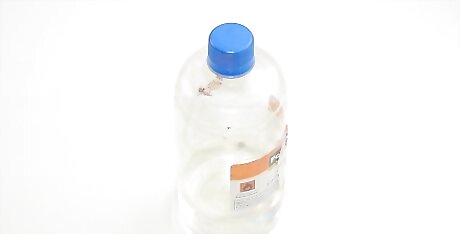
Choose your solvent. Mineral spirits or acetone are acceptable thinners that can be used as an alternative to traditional ones like turpentine. Both of these common household products can be used to thin oil-based paint. You can purchase either at your local hardware store or home center.
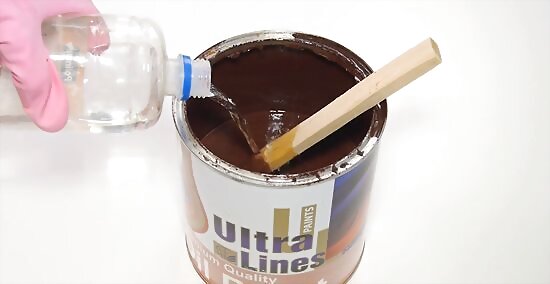
Measure out the solvents to use them as thinner. Mineral spirits or acetone have to be used in the proper ratio to work as a thinner for paint. Always use one part solvent to three parts paint. When you’re ready to use the solvent to thin paint, add half of the thinner to the paint, and stir thoroughly. Then add the rest and stir again.
Using Water as a Thinner for Acrylic and Latex Paints
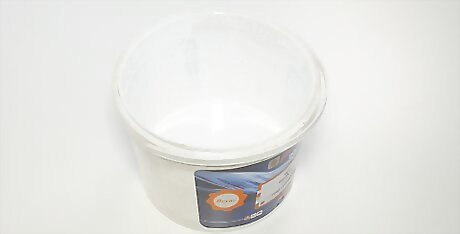
Use a large bucket to thin the paint in batches. Thinning paint in large batches will ensure more consistent quality. If your project will require a few buckets worth of paint, try to keep the consistency of each batch as close as possible.
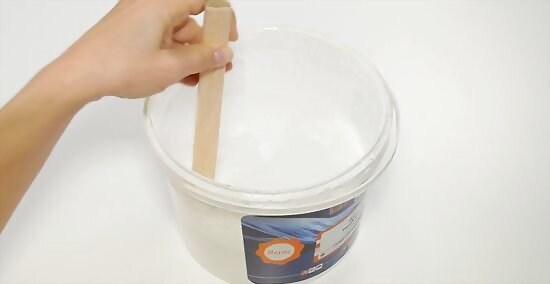
Add paint and water to the bucket and stir. Use a half cup (118 mL) of room temperature water for every gallon (3.78 L) of paint. Pour the paint into the bucket and follow it with the water. Stir the mixture thoroughly with a paint stirrer.
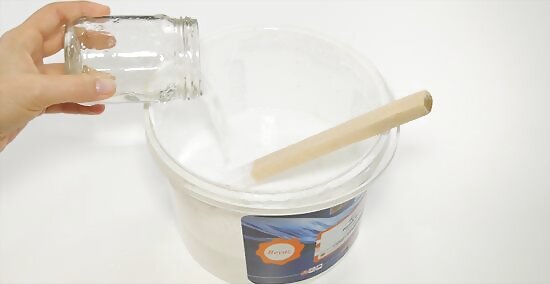
Tweak the consistency as necessary by adding small amounts of water. If you’re looking for a runnier paint, you can continue adding water to get the consistency you need. Otherwise, you can leave the paint on the thicker side. Take your time when adding water to the paint. You can always add more, but if you add too much, you may end up needing to thicken the paint.


















Comments
0 comment